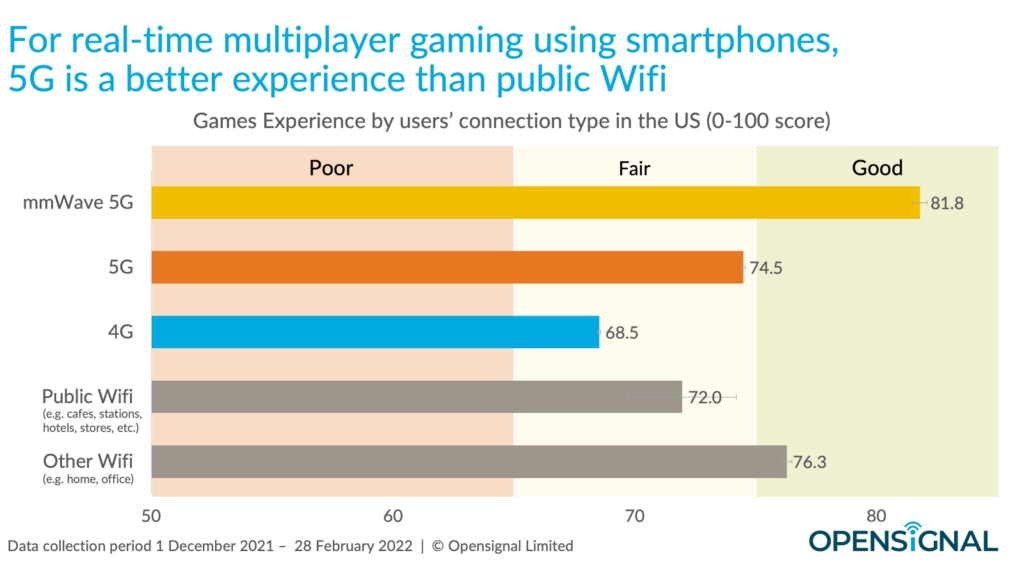When it comes to data storage and computation, DNA is a marvel of nature. Unlike traditional data centers, DNA is compact yet incredibly efficient. Each cell in an organism contains sophisticated structures that house the complete genetic blueprint. Even when kept in extreme conditions, such as a freezer or the Siberian tundra, DNA can preserve encoded data for millennia.
But DNA is not just a storage unit. Various molecules within cells regulate genes, essentially acting as code that can be selectively activated or deactivated to control cellular functions. By reading specific parts of the genetic code at precise moments, the body can compile this information to maintain optimal health and function.
As the volume of data worldwide continues to grow exponentially, the limitations of traditional silicon-based storage solutions are becoming apparent. The emergence of artificial intelligence applications further underscores the need for alternative technologies.
One of the challenges with DNA storage has been the potential destruction of data during the reading process. However, a recent breakthrough by researchers from North Carolina State University and Johns Hopkins University offers a promising solution. They developed “dendricolloids,” structures that significantly enhance the longevity and versatility of DNA data storage.
Unlike previous DNA computing systems, this new technology allows for the repeated erasure and replacement of data, similar to memory on conventional computers. This breakthrough opens up possibilities for a wide range of applications, from simple games like chess and sudoku to more complex computational tasks.
The Evolution of DNA-Based Computing
Efforts to harness DNA for enhanced storage and computation capabilities have been ongoing for some time. DNA’s unique properties, such as its ability to store vast amounts of data in a compact space, make it an attractive candidate for next-generation computing systems.
Previous studies have demonstrated the feasibility of storing and retrieving information using DNA-based technologies. However, the challenge has been to develop systems that can perform computations without compromising the original data.
The latest research represents a significant advancement in this field. By combining data storage, computation, and data retrieval capabilities in a single DNA-based system, the researchers have created a versatile and efficient computing platform.
Unlocking the Potential of DNA-Based Computing
The key to this innovative approach lies in a fundamental biological process known as the central dogma. By leveraging this process, the researchers were able to design a system that can perform complex computations while preserving the integrity of the original data.
The development of dendricolloids, soft materials that enhance DNA data storage and retrieval, represents a major breakthrough in the field. These structures allow for the repeated generation of RNA from DNA-encoded data, enabling multiple rounds of calculations without loss of information.
Furthermore, the ability to erase and rewrite targeted DNA sequences within the material opens up new possibilities for dynamic data processing. The researchers demonstrated the system’s capabilities by encoding and retrieving various data files, including images, in simulations that mimicked real-world scenarios.
The Future of DNA Computing
While the DNA computer is still in its early stages of development, the potential applications are vast. By combining storage, computation, and data retrieval in a single system, this groundbreaking technology paves the way for a new era of molecular computing.
The researchers hope that their work will inspire further advancements in the field of molecular data storage and computation. With the ability to store massive amounts of data in a compact space and perform complex computations efficiently, DNA-based computing holds tremendous promise for the future.
Image Credit: Luke Jones / Unsplash



